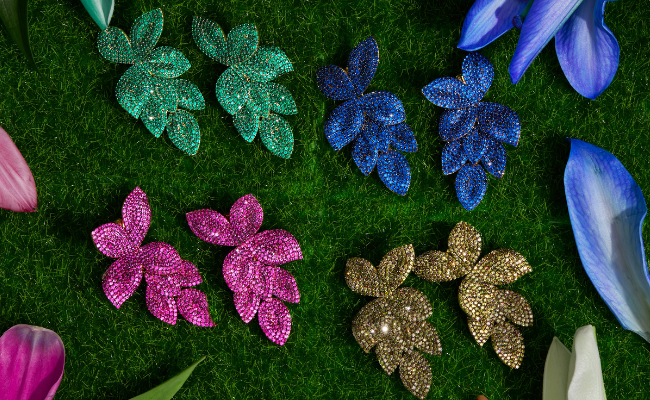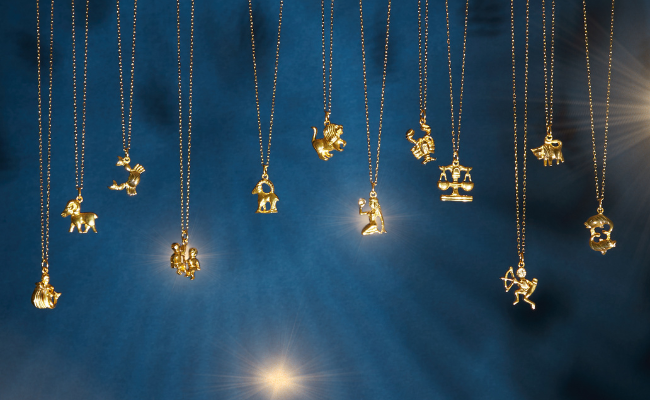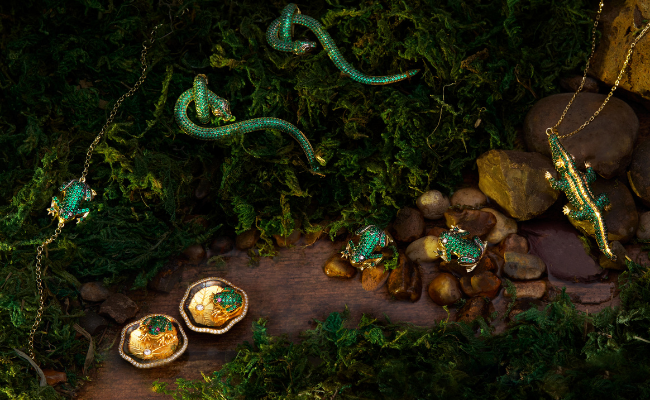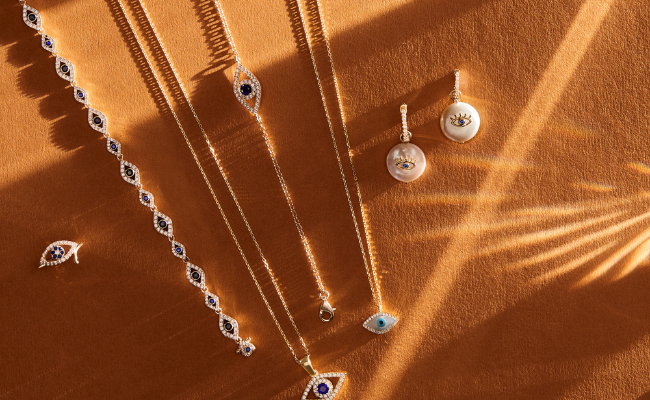
The best guide on how to store and properly care for your sterling silver jewellery
It’s hard not to be crazy about sterling silver jewellery. It’s shine, simplicity and pure versatility is one of the many reasons sterling silver is one of the most popular materials used in jewellery design.
However, we often neglect our beautiful pieces in our jewellery box for one simple reason, tarnish. When silver meets oxygen or sulphur it chemically bonds causing silver to appear dirty or discoloured and who wants that!
We’ve set out our handy guide below on how to care, maintain and restore those favourite Latelita pieces to ensure they are kept in tip top condition.
Preventative care
Preventative care is often better than rectifying any tarnish.- Avoid tarnish by wearing your jewellery often. Natural oils in your skin will keep the jewellery looking shiny.
- Avoid exposure to household chemicals, perfumes and creams. Make sure you take of your jewellery when completing household chore, applying cosmetics and hairspray.
- How often do we just come home from a night out and throw our jewellery off into our jewellery boxes? Storage is key! Storing silver in airtight plastic bags with anti-tarnish strips is a great preventative measure. Just make sure you don’t store multiple jewellery pieces in the same bag: silver is a soft metal, so the individual pieces can scratch each other
How to take care of tarnish?
Polishing: Simply polishing your silver works well when the tarnishing is not too severe. It’s also the best method for cleaning oxidized silver, as you can stay away from the intentionally tarnished areas.
When polishing, use long back-and-forth motions that mirror the grain of the silver. Do not rub in circles, as this will magnify any tiny scratches. Also, change to a different section of your cloth frequently to avoid placing tarnish back on the silver. You can use a Q-tip to get into small, detailed areas.
Be careful with silver-plated items, as excessive polishing can remove the plating (depending on the thickness)
Silver polish: Commercial silver polishes and dips are easy to find and use, but even though cleaners might give a temporary shine, the pieces will tarnish much more quickly and must be cleaned more frequently once you have broken down the surface.
Homemade silver cleaners
Soap and water: Warm water and a mild, ammonia- and phosphate-free dishwashing soap should be your first line of defence if the polishing cloth fails to remove tarnish. Soap and water should also be used to clean your pieces before using any of the methods listed below.
Baking soda, salt, aluminium foil, and boiling water: You can take advantage of a simple chemical reaction to clean your silver: all you’ll need is some baking soda, salt, and aluminium foil. Line a glass roasting pan or the kitchen sink with aluminium foil, dull side facing down. Place the silver pieces on top of the aluminium foil. Then pour boiling water over the pieces until they are covered and add 2 tbsp. each of baking soda and salt. Stir the solution to allow the baking soda to dissolve — you don’t want any granules scratching the metal.
The reaction causes the tarnish to transfer to the foil, and in about 5-10 minutes you’ll see the tarnish “magically” disappear from the jewellery. (Be prepared for the smell of rotten eggs, though, as the sulphide tarnish comes off the silver.) Using salad tongs or nitrile gloves (not rubber gloves, which contain sulphur), remove the silver jewellery from the hot water or drain into a colander. Rinse the jewellery with water, then dry and buff with a soft cloth. Voila! Your silver should be sparkling clean and ready to keep you looking fabulous.










